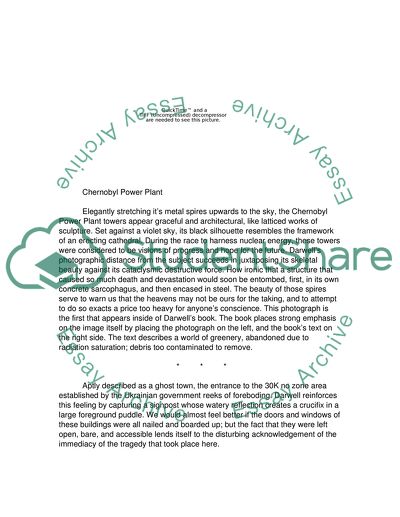Cite this document
(“An Appraisal of Martin Parr's 'Think of England' Publication Essay”, n.d.)
An Appraisal of Martin Parr's 'Think of England' Publication Essay. Retrieved from https://studentshare.org/miscellaneous/1552715-an-appraisal-of-martin-parrs-think-of-england-publication
An Appraisal of Martin Parr's 'Think of England' Publication Essay. Retrieved from https://studentshare.org/miscellaneous/1552715-an-appraisal-of-martin-parrs-think-of-england-publication
(An Appraisal of Martin Parr'S 'Think of England' Publication Essay)
An Appraisal of Martin Parr'S 'Think of England' Publication Essay. https://studentshare.org/miscellaneous/1552715-an-appraisal-of-martin-parrs-think-of-england-publication.
An Appraisal of Martin Parr'S 'Think of England' Publication Essay. https://studentshare.org/miscellaneous/1552715-an-appraisal-of-martin-parrs-think-of-england-publication.
“An Appraisal of Martin Parr'S 'Think of England' Publication Essay”, n.d. https://studentshare.org/miscellaneous/1552715-an-appraisal-of-martin-parrs-think-of-england-publication.


